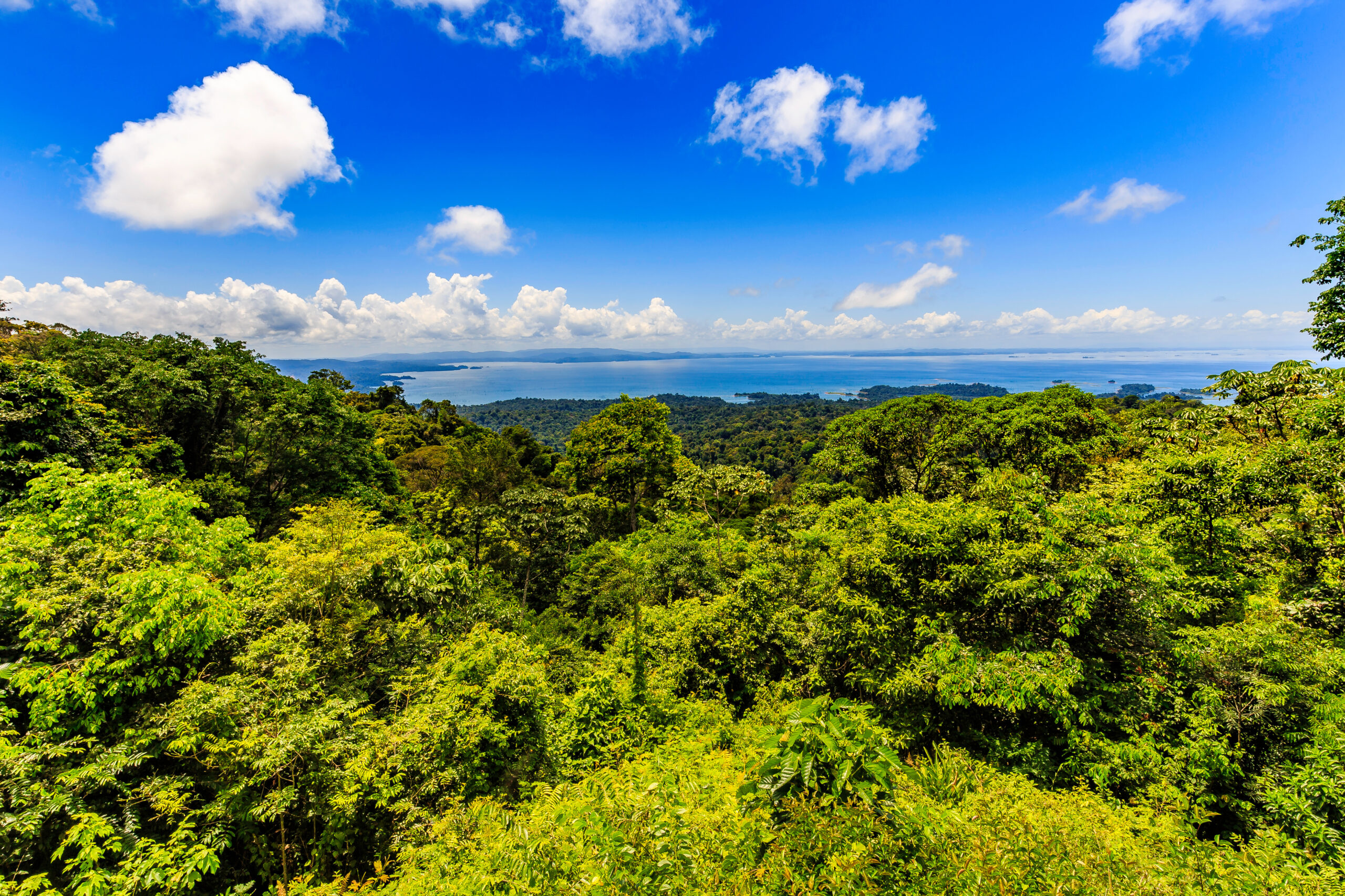Suriname joins rush to produce gas before demand fades
Suriname is estimated to have 17 trillion cubic feet of gas reserves, which if proven would surpass those of Mexico and Brazil.

Suriname is awaiting bids next month for 11 shallow-water blocks that will deepen the country’s long-term commitment to hydrocarbons despite a looming peak in demand.
The country’s first offshore project will be developed by Malaysia’s state-run Petronas on Block 52. In March, Petronas and its partner, ExxonMobil, signed a letter of agreement with Suriname’s state-owned Staatsolie to develop gas that was discovered at the Sloanea-1 well in 2020.
Other offshore license holders include TotalEnergies, Shell, Chevron, and U.S. independent APA, formerly known as Apache.
Suriname is estimated to have 17 trillion cubic feet of gas reserves, which if proven would surpass those of Mexico and Brazil.
In the new upstream tender, Staatsolie managing director Annand Jagesar told Gas Outlook he expects four or five more contracts in addition to others stemming from the government’s open-door policy. “There is some urgency,” he said, acknowledging the limited window for developing hydrocarbons.
Offshore oil production is scheduled to kick off in 2028, and gas in 2032, with the latter to be exported through a floating LNG system. These time horizons defy some leading net zero scenarios for peak hydrocarbons demand. According to BP, for instance, LNG trade is on course for brisk near-term growth, “but the range of uncertainty widens post 2030, with continuing demand for LNG in emerging markets as they grow and industrialise, offset by falling import demand in developed markets as they transition to lower carbon energy sources.”
Many countries in the Global South challenge these assumptions, particularly on gas which is widely seen as a bridge to transition away from fossil fuels. Addressing the Arpel-Naturgas conference in Cartagena, Colombia last week, Arpel executive secretary Carlos Garibaldi went further, asserting that gas “is not a bridge but a path.”
When it comes to carbon emissions, Suriname is similarly undaunted. “We are a carbon sink country. And even with this first oil project, we will remain a carbon sink,” Jagesar said on the sidelines of the conference. Production will be as minimally carbon-intensive as possible, he said.
Suriname, a former Dutch colony, has a population of just 600,000, and carbon-absorbing forests blanket most of its territory.
Suriname is following in the footsteps of neighbouring Guyana, another sparsely populated former European colony sitting on the same prolific geological basin. ExxonMobil currently produces about 600,000 b/d of oil off Guyana and recently bumped up its long-term production target to 1.3 million b/d, after giving a greenlight to developing the Whiptail discovery. Associated gas is re-injected or flared.
Jagesar sees the two countries hosting a total of nine FPSOs in seven years: seven in Guyana to support 1.4 million b/d of oil production and two in Suriname for 340,000 b/d. A lot of associated gas will come along with that. In Guyana, some will be used to generate electricity from around 2030.
Suriname hopes the hydrocarbons boom will help to bring to fruition the years-old Northern Arc electricity grid that would connect Roraima in northern Brazil to Guyana, Suriname, and French Guiana, and return to northern Brazil at Amapá. By supporting gas-based power generation, the project would replace fuel oil that’s still used in northern Brazil with cleaner burning gas, Jagesar said.
He also expressed hope for cooperation with Guyana, including a deepwater port and a bauxite-to-aluminum industry, but he was grim on the near-term prospects. “We have a proposed a lot to them, they have proposed a lot to us, but it’s not working,” Jagesar said. “We’re still trying.”



